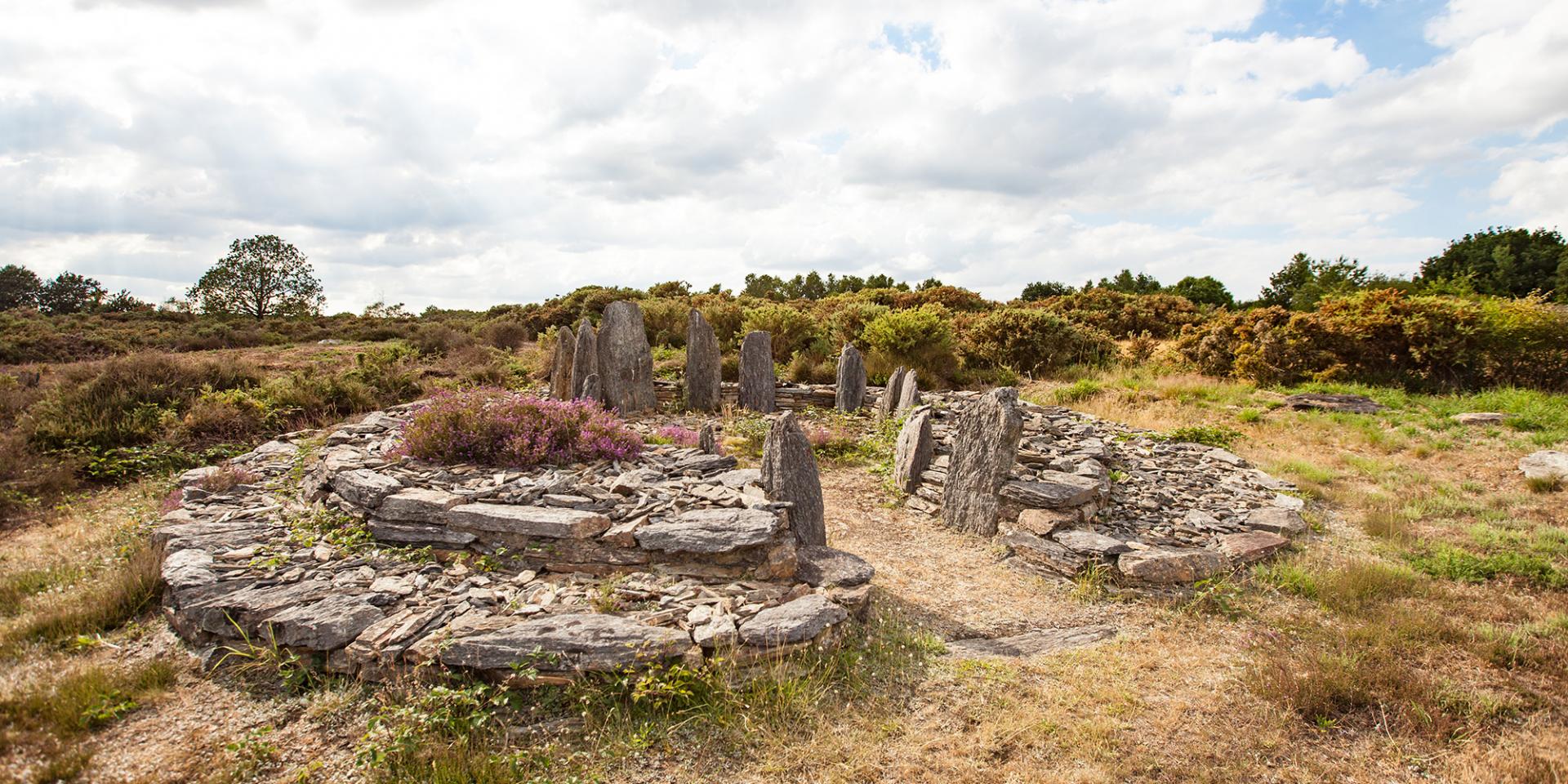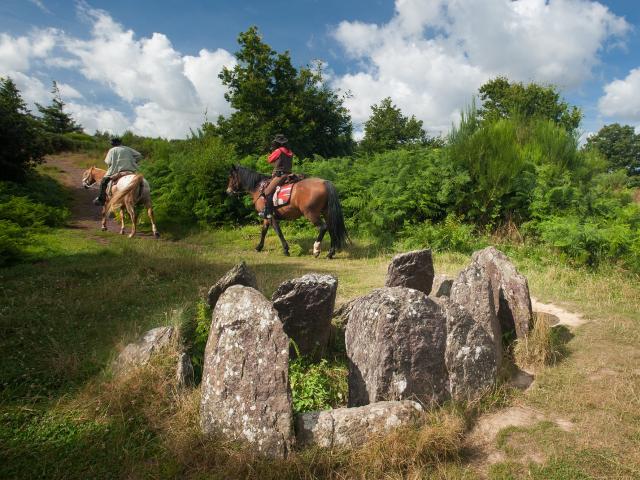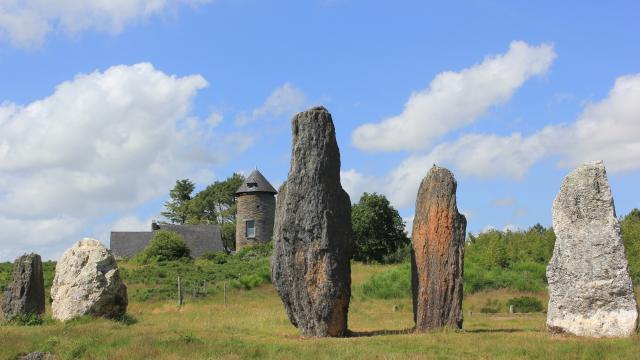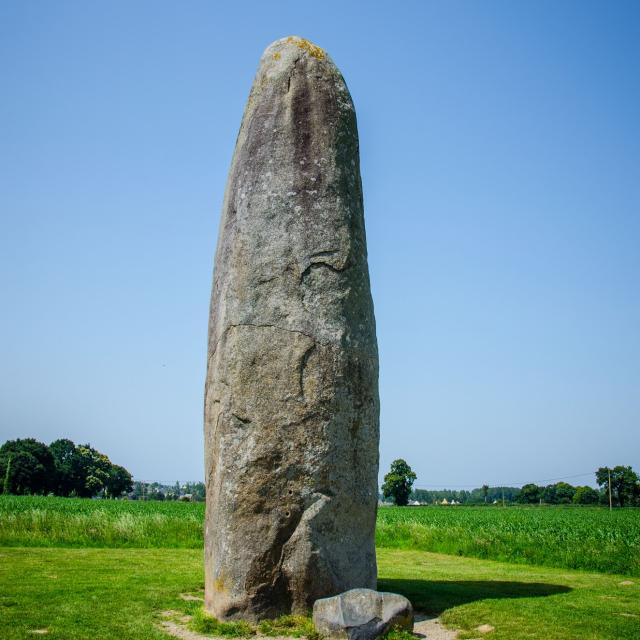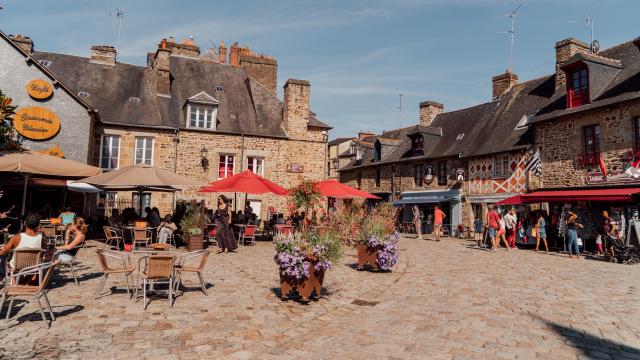FAIRY ROCK
Erected in the neolithic period, Fairy Rock owes its preservation to the interest shown in it by the Romantics in the 19th century.
At the winter solstice, this impressive dolmen (19.5 m long, 6 m wide and 4 m tall) reveals its magic, when the first ray of sunshine rises in the alignment of the megalith.
